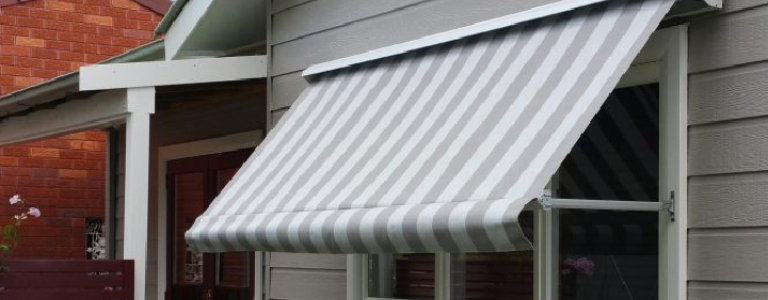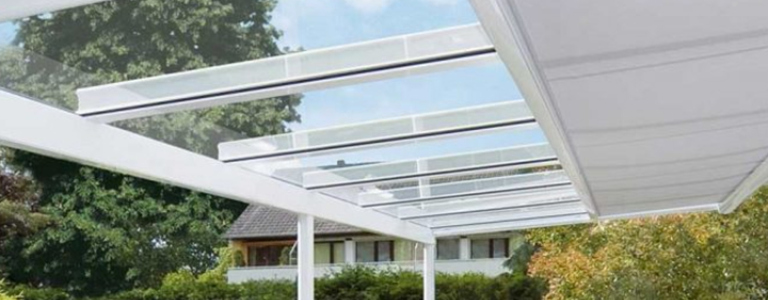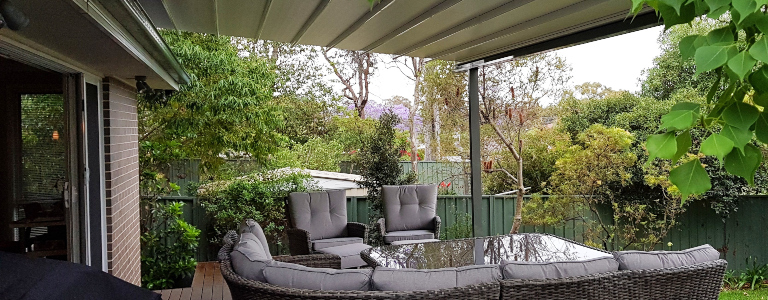Factors to consider when choosing the size of your awnings
3 mins readAwnings are a fantastic addition to any outdoor space, providing shade and comfort and enhancing the overall aesthetics of your home. When selecting the right awnings for your windows or outdoor areas, size matters. Choosing the appropriate size ensures optimal functionality and a visually pleasing appearance.
Let’s delve into the key factors to consider when determining the size of your awnings.
1. Available space
Assess the available space where you intend to install the awnings. Measure the width and height of the area to determine the maximum dimensions that the awnings can cover. Keep in mind any obstructions or architectural features that might affect the placement and size of the awnings.
2. Purpose and functionality
Consider the primary purpose of the awnings. Are you installing them to provide shade to a specific area, protect windows from direct sunlight or enhance outdoor seating? The intended use will influence the size you choose.
Awnings used for shading outdoor seating might need to be larger to cover a larger area effectively compared to awnings that only serve mostly to provide extra shade for window areas.
3. Proportion and aesthetics
Aesthetics play a significant role in your home’s overall look. Opt for awnings that are proportionate to the size and style of your windows or outdoor space. Awnings that are too small can look out of place, while overly large ones might overwhelm the design and even cross its intended area.
Balance is key to achieving an aesthetically pleasing appearance for your outdoor space.
4. Sun exposure
Consider the angle of the sun in relation to the area you want to shade. Awnings should be large enough to provide adequate coverage during peak sun hours. A professional awning provider can offer guidance on the optimal size based on sun exposure.
5. Height and clearance
Pay attention to the height and clearance of the awnings, especially if you’re installing them above windows or doors. Ensure there is enough space between the awnings and any obstacles like door frames or decorative features.
With this in mind, you can avoid any inconvenience while using your awnings. You can even avoid any potential damage!
6. View and ventilation
Keep in mind that awnings can impact your view and ventilation. If you have windows that you’d like to keep unobstructed, choose awnings that allow for a clear line of sight. Additionally, consider outdoor retractable awnings to allow airflow when needed.
7. Local regulations and restrictions
Depending on your location, there might be local regulations or homeowner association guidelines that dictate the size and placement of awnings. It’s essential to check for any restrictions before making your final decision.
8. Customisation options
Many awning suppliers offer customisation options, allowing you to tailor the size to your specific needs. Consult with professionals who can provide expert advice on the best size for your intended use and outdoor space.
9. Future considerations
Think about any potential future changes or expansions you might make to your outdoor space. Choosing a slightly larger awning could accommodate these changes without needing to replace the awning later on.
10. Professional guidance
Consulting with awning professionals is highly recommended. They have the expertise to assess your outdoor space, consider your preferences, and recommend the ideal size for your awnings.
Choosing the right size for your awnings is a critical decision that involves various factors. Consider the factors discussed above to get the most out of your investment. Seeking professional guidance from a trusted awning supplier will ensure you make an informed choice.
Are you ready to find the perfect awning for your needs? Visit Eureka Awnings and explore our wide range of awnings solutions today!



